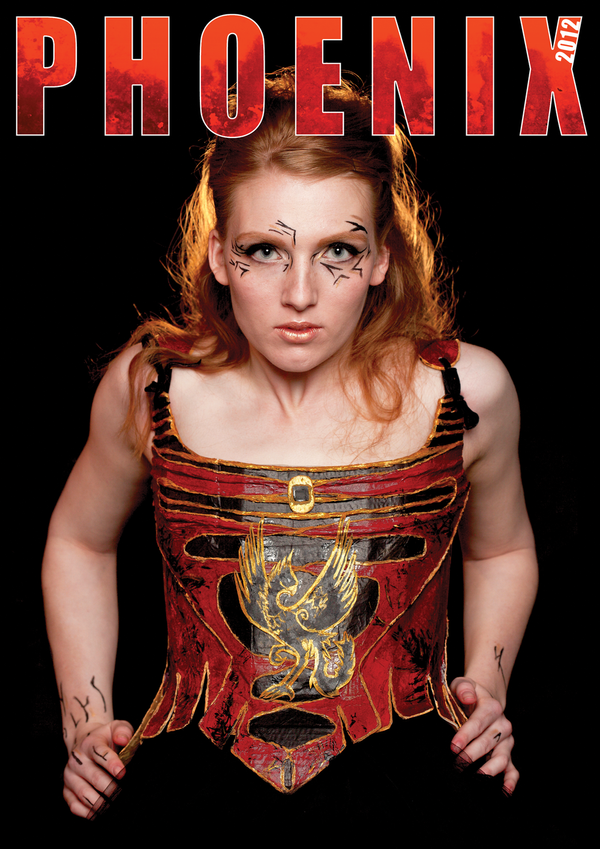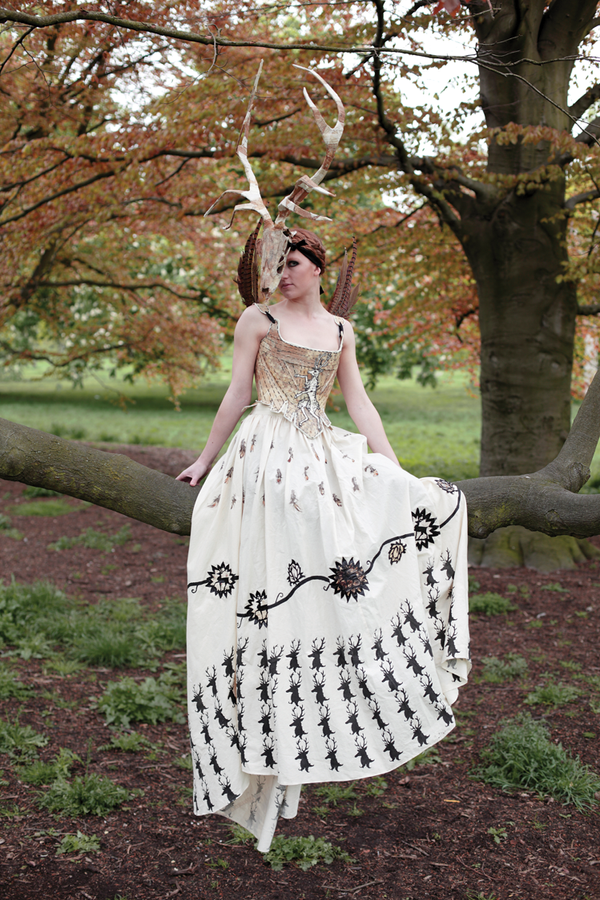The Interaction Designers - Simon Bond & Tom Sidall
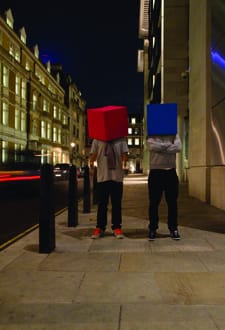
I run into Simon Bond on the second floor landing of their Dean St. office and, assuring me that yes, the unworkable doorbell often plays up, he directs me into the studio.
Bond is a co-founder of Physical Pixels, a company coupling technology and design to create installations that act like environments with which the user can play and interact. He immediately shows me part of a project called Dash Dot Dash, which aims to help autistic children communicate within a tactile and musical sphere. There are several off-white cylindrical objects in front of me and each produces a different musical note when tapped; in a large-scale installation, any number of these could be wirelessly connected to each other, allowing for a fluid and formless mode of communication. The project was developed in conjunction with researchers but Simon Bond himself has a surprising connection to the world of special education. Prior to taking the joint RCA – IC course in industrial design, Bond worked for eight years as a nurse in mental health.
It is fascinating to hear him talk about the time spent in mental health institutions, where he gained a kind of “sixth sense”. There is nothing supernatural about it though: he describes it as the ability to pre-emptively defend himself in potentially, although not necessarily, hostile situations. It is a wordless form of communication, and an interaction with an environment that one first has to create.
The job sounds both physically and mentally gruelling, with the added strain of seeing people misdiagnosed all the time, pumped full of unnecessary drugs. He could have remained in mental health or taken a psychology degree. Instead, Bond overturned his career. He began small, with research in special ed. schools. He ran workshops to find out how the children interacted, trying to understand how “abstract forms” of communication work, whether they be poking one another, tapping the table or humming. These experiences still influence and mould him, even though they appear to be entirely unrelated to an industrial design graduate.
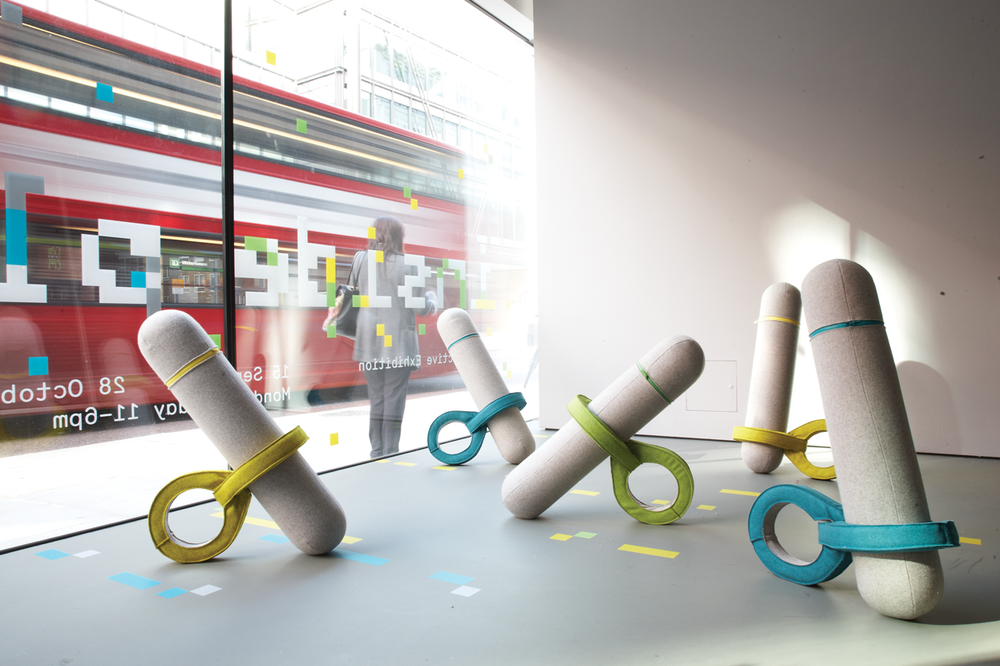
Bond’s co-founder, Tom Siddall, has an equally diverse background. He studied mechanical engineering at university but throughout school had worked in garden centres and for some time in landscape design. He was pushed into working in the commercial sector but eventually applied for the IDE course at the RCA. Siddall, like Bond, applies his varied knowledge to the company’s projects; for example, a show they organised for the Royal Horticultural Society may result in designing a very technological garden.
Physical Pixels, in the same vein as other young design based companies, take on commercial projects to finance their own ideas. Bond stresses the fact that, however uninteresting a commercial job may be, contacts always result from them. And that, he tells me, is almost more important than anything else for the business side of things. Of course, this concept is drilled into our Imperial heads at very regular intervals but it is great to see a company use it to such great effect.
As co-founders of Physical Pixels, Bond and Siddall appear to have forged a creative working environment. Bond tells me about how they met on the first day at RCA and, because of a shared interest in designing tactile objects, instantly connected despite their disparate backgrounds. The course itself was very intense and left no time for desired side projects. In their final year however, founding a company became something more of a reality when they began to treat one project as a business. They found talented people to work with them and went through a creative process, which was full of discussion and argumentation until one idea had been boiled down to its element. Their conversations had resulted in one usable concept that, crucially, could be turned into something tangible: Touch Me Not, a two-sided touch-screen interface, which makes interactions with the electronic world seemingly more natural for the user. Following their success, they set up Physical Pixels in early 2011.
Bond has a list of objectives, aspirations, for Physical Pixels, which he calls the “wish list”. On that list are things like continuing with behind-the-scenes theatrical work; technologically active sets are currently very popular in theatre production and it gives the company a chance to create fascinating environments. Their gardening schemes are also very important to them, as is undertaking special education projects. In the near future moreover, lies a move to South London where they ideally want to start manufacturing their own parts. The relocation is, as everything else appears to be, a fusion between creative (they would move in with design collective Henzel+Hunt) and businesslike mindsets.
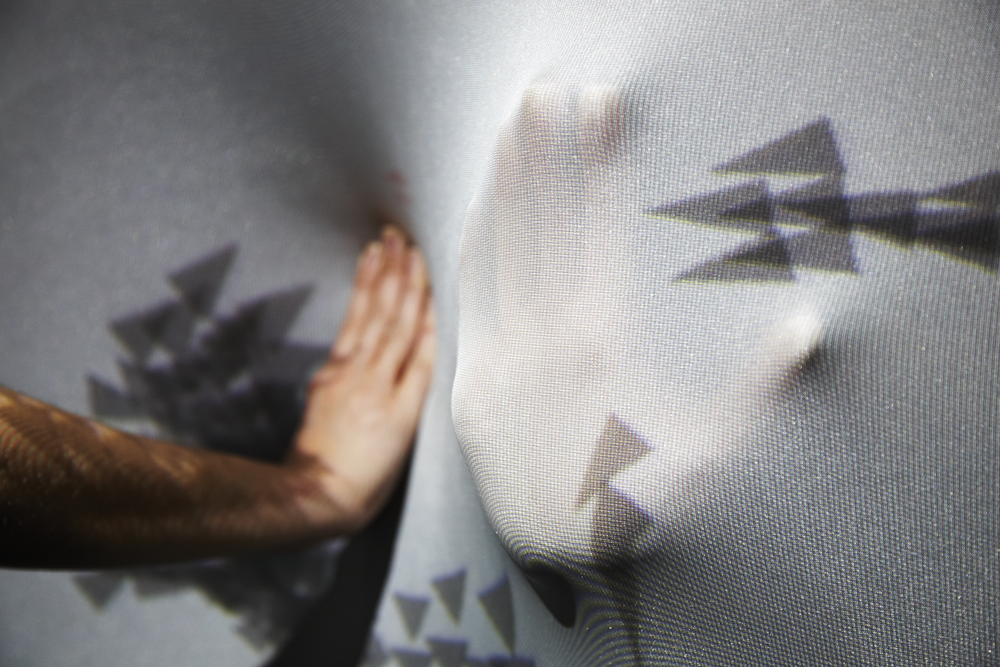
Even though they were never exactly at Imperial, they spent a lot of time in the same environment that we move in every day – here Bond mentions that the Imperial College Library is definitely the place to do your all-night studying, even as an RCA student! Siddall, coming from such a technically specialised background, could be compared to any Imperial student who might want to undertake a creative career after finishing a science degree and Bond had little to do with design for the greater part of his working life. Yet they have managed to weld their experiences to create a company they are passionate about and, barring the necessary sacrifices of running a business, they spend their days doing what they want and love.
The guys at Physical Pixels show that there are options out there for science students who don’t want to be bankers or engineers. It is not an easy path; for example, Imperial mech. eng graduates often struggle upon arrival at the RCA precisely because their technical expertise and education can limit their creativity. Bond says that whatever you want to do, you have to really want it; have some concrete idea of what it is you want to do and then simply go after it. Finding what you want to pursue is the difficult bit; according to Bond it is not easy to figure out what it is you don’t want to do without having tried it first.
With that thought in mind, the interview, which had really turned into one long chat, ended with some biscuits. They probably do a lot of tea drinking and biscuit eating in their whitewashed studio – a very inspired way of working to my mind. As I walk out onto Dean St., I admit to a feeling of motivation: it is not necessary to flounder in despair just because you think you may be stuck in something you don’t fully enjoy. University provides us with some sort of education and, as Bond shows, it will come in handy almost whether we like it or not.

